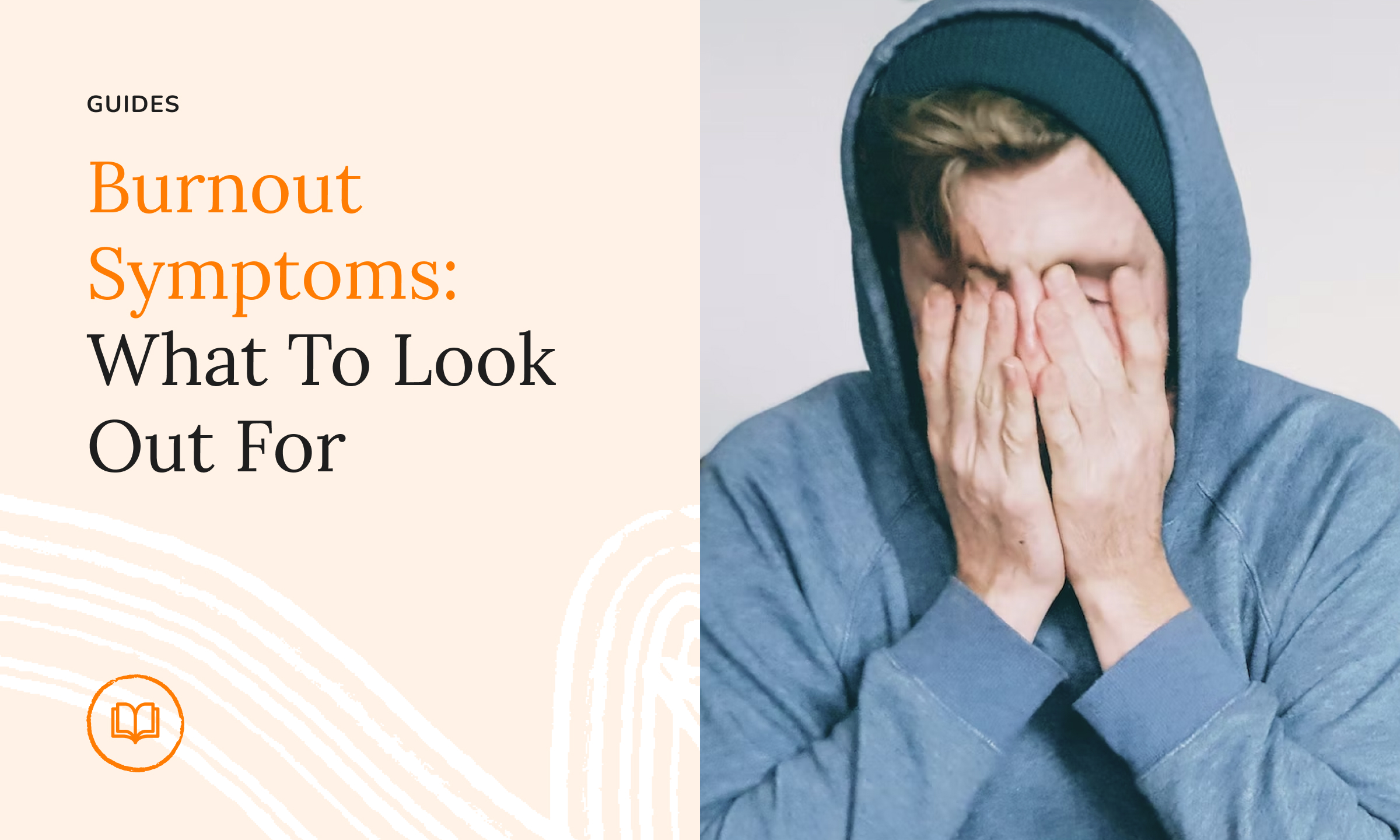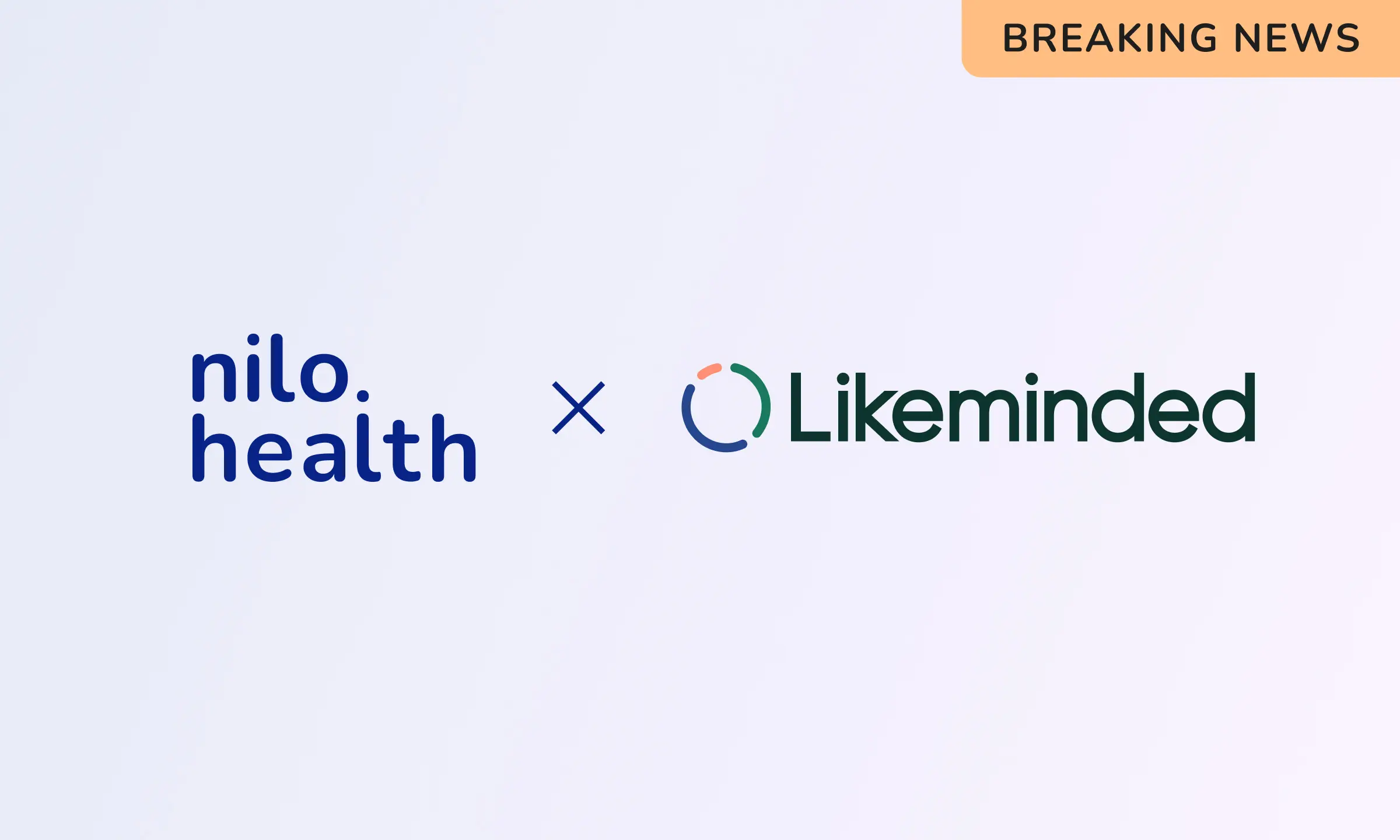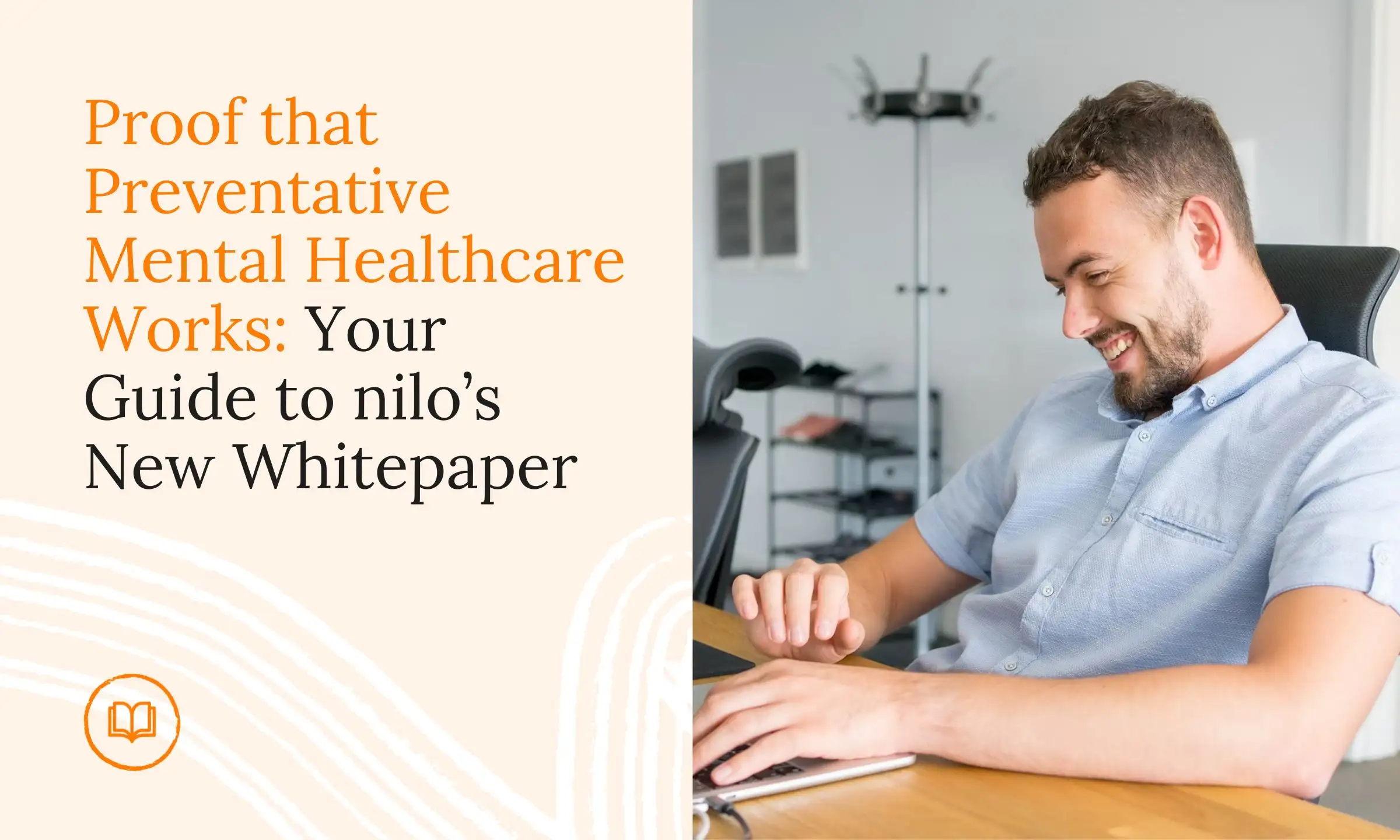Chances are, you’ve heard about burnout, the mental health crisis affecting modern workplaces. Burnout is a scary outcome for HR and leaders: it means your best people unable to perform, and maybe even leaving your company. And like most crises, it’s something you don’t want to be surprised by – which is why it’s so important to know and watch for burnout symptoms.
So let’s get started!

Burnout is a serious issue in the workplace. It was one of the top three reasons people left their jobs in 2021 and 2022 and it is a leading cause for absenteeism and stress at work. Burnout is easier to solve in its early stages, so leadership and HR teams need to be aware of burnout symptoms to be able to act proactively and preventatively. In this article we’ll break down burnout symptoms so that you can act to make your workplace psychologically safe.
What is burnout?
Burnout is a state of emotional, mental, and physical exhaustion caused by prolonged and excessive stress. It affects individuals in any industry, from healthcare to hospitality, and leads to feelings of detachment, cynicism, and reduced productivity. Burnout is often the result of long-term, chronic stress, and can have serious consequences on an individual’s physical and mental health.
Not only is it a moral obligation to care for employees’ well-being, but it also makes good business sense. Burnout leads to decreased productivity, increased absenteeism, and turnover, all of which can have negative financial impacts on the company.
What are burnout symptoms?
Burnout symptoms can vary from person to person, but some common signs to look out for include:
- Exhaustion: feeling physically and emotionally drained, and lacking energy.
- Cynicism: a negative or cynical attitude towards work, colleagues, and customers.
- Reduced performance: difficulty concentrating, making decisions, and completing tasks.
- Emotional distance: feeling detached or disconnected from work and colleagues.
- Physical symptoms: headaches, stomach problems, and increased susceptibility to illness.
Do managers have a duty to recognize and act on burnout symptoms?
Yes. As leaders in the workplace, managers play a critical role in creating a psychologically safe environment for their employees. This includes being aware of the signs of burnout and taking steps to prevent it.
Not only is it a moral obligation to care for employees’ well-being, but it also makes good business sense. Burnout leads to decreased productivity, increased absenteeism and presenteeism, and turnover, all of which can have negative financial impacts on the company.
Managers can recognize and act on burnout symptoms by:
- Being observant and looking out for signs of burnout in their employees.
- Encouraging open communication and checking in with employees regularly to see how they are feeling.
- Offering support and resources to employees who may be struggling with burnout.
- Encouraging work-life balance and helping employees manage their workload.
- Creating a positive work culture that emphasizes appreciation and recognition for employees’ hard work.
Overall, managers have a responsibility to create a healthy and supportive work environment that promotes employee well-being and prevents burnout.
Even if you’re not in a management position, you can still make a huge difference for a colleague suffering from burnout.
What should I do when I see a colleague displaying burnout symptoms?
If you’re not in a management position, you can still make a huge difference for a colleague suffering from burnout. Here are some ways to offer support:
- Be a good listener: Give your colleague an opportunity to talk about their feelings and concerns. Be empathetic, non-judgmental, and validate their experiences.
- Offer practical help: Offer to take on some of their workload or help them prioritize tasks. You could also suggest ways to improve their work-life balance, such as taking breaks or delegating tasks.
- Encourage self-care: Suggest your colleague takes breaks, prioritizes sleep and exercise, and seeks professional help if necessary. You could also share resources or tools that you’ve found helpful in managing stress.
- Check-in regularly: Keep in touch with your colleague and offer ongoing support. Check-in on how they are doing, offer help, and encourage them to take breaks when needed.
- Be patient: Recovery from burnout takes time. Be patient and don’t pressure your colleague to rush back to work before they’re ready.
Remember, supporting a colleague suffering from burnout is not about solving their problems, but rather offering a listening ear, practical help, and encouragement. Your support can make a huge difference in their recovery.
Preventing burnout requires a proactive approach from leadership and HR teams.
How can I prevent burnout in my workplace?
Preventing burnout requires a proactive approach from leadership and HR teams. Some ways to prevent burnout in your workplace include:
- Encouraging work-life balance: offer flexible schedules, remote work options, and time off to help employees manage their workload and personal lives.
- Prioritizing communication: create an environment where employees feel comfortable sharing their concerns and feelings with management.
- Providing resources: offer training on stress management, provide mental health support, and ensure employees have access to appropriate resources. A mental health benefit is a great place to start.
- Promoting positivity: create a positive work culture that emphasizes appreciation and recognition for employees’ hard work.
Check out our guide to burnout prevention strategies for more information!
While there are many ways to prevent burnout in the workplace, it can be challenging to implement and maintain these practices. Fortunately, tools like nilo.health can help. nilo.health offers mental health support for every employee in your company, including 1-to-1 counseling sessions, regular roundtables and access to a huge library of self-care learning and development tools. Book a demo here.







